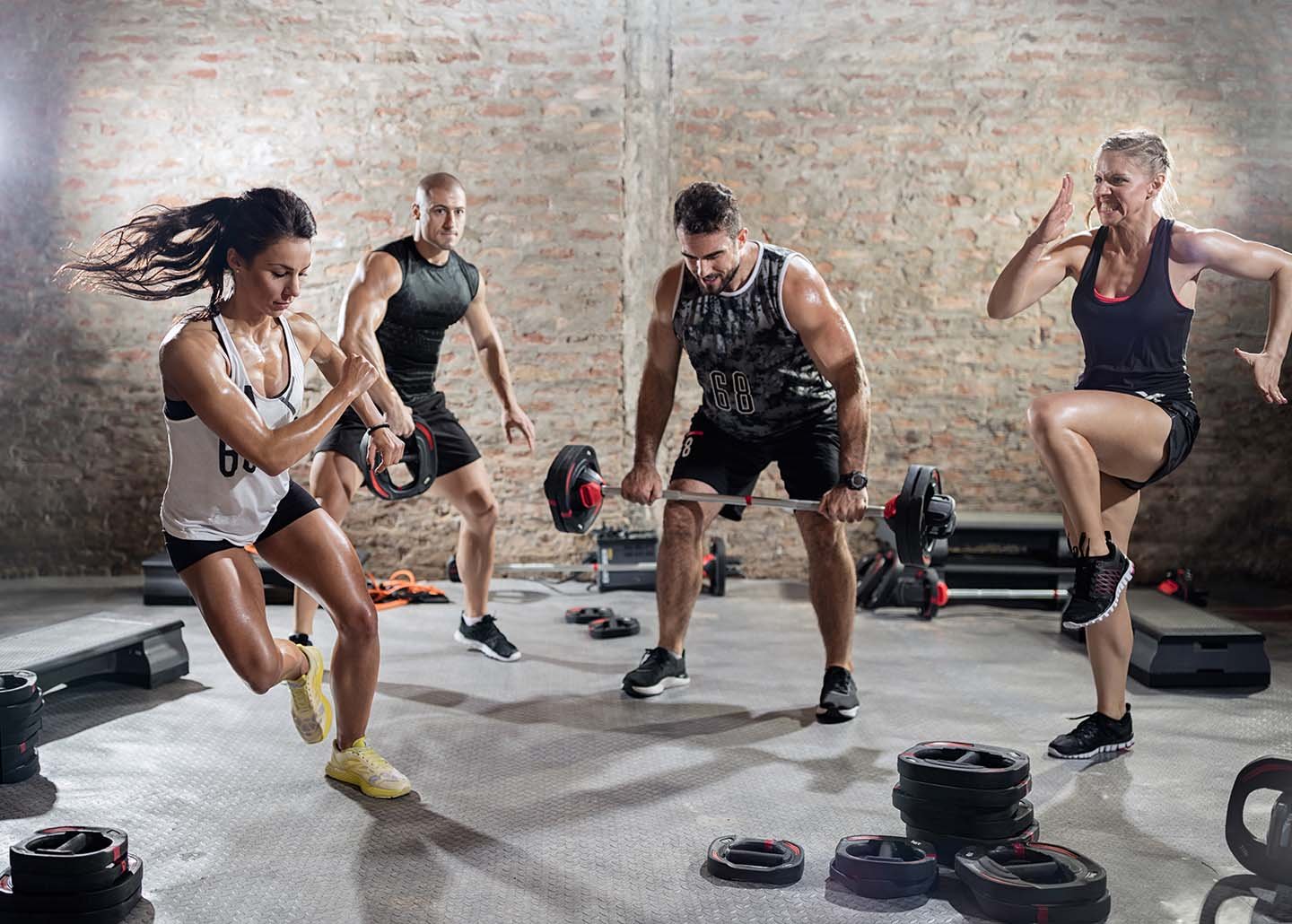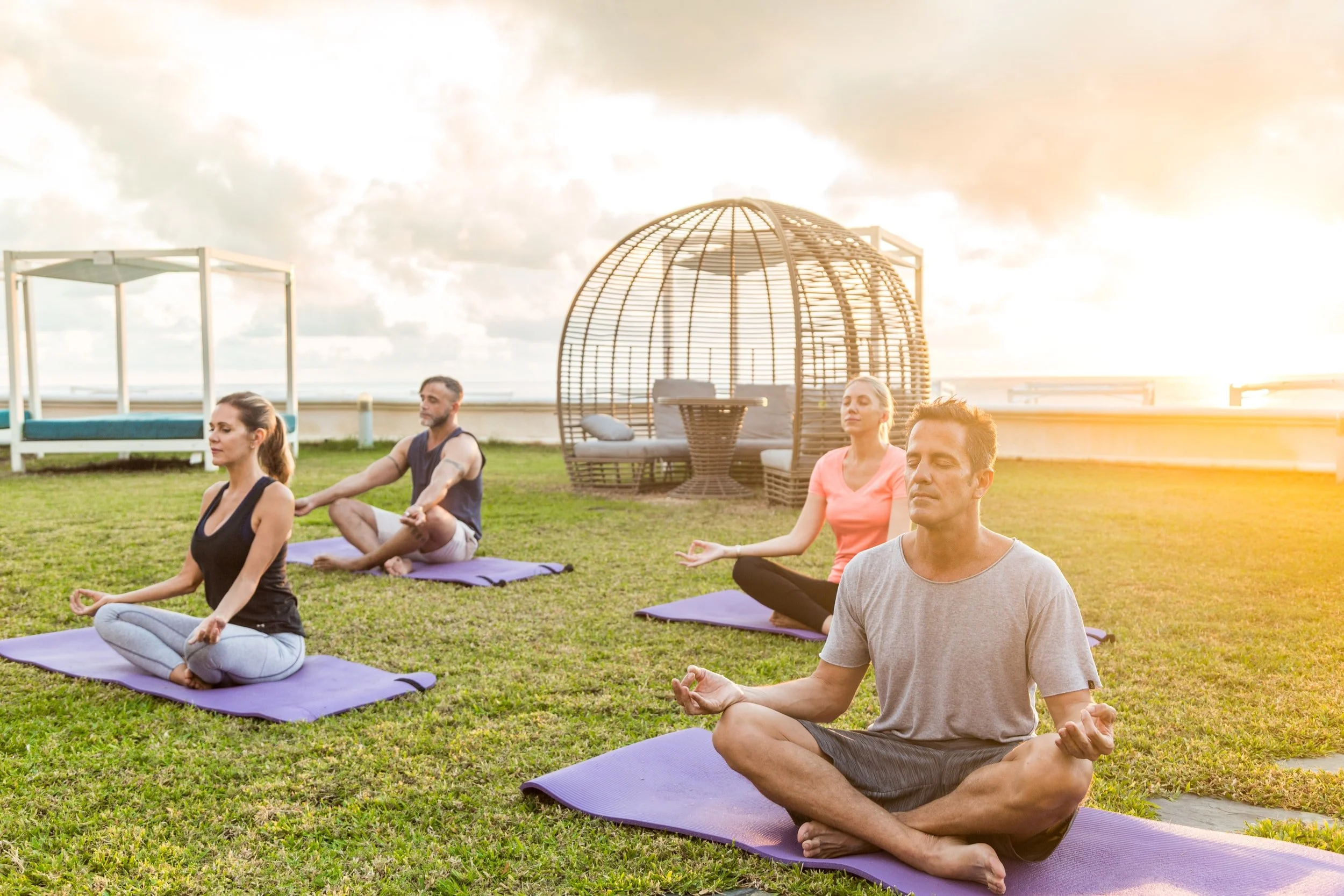Proper walking technique to lose weight, improve posture, and boost performance
Proper walking technique to lose weight, improve posture, and boost performance
Walking is a universal training method available to everyone. Today, we will give you tips on how to make this workout as effective as possible if you want to lose weight, correct posture, or relieve accumulated stress. Walking is very popular, which is not surprising considering it has almost no contraindications (as opposed to jump training or aerobics). Minimal equipment is required - you only need shoes, and even then, walking shoes are not as sophisticated as running shoes. Most importantly, you have the ability to train anywhere when you walk. How do you walk to lose weight or achieve a different goal? Today we will analyze scenarios for the most popular tasks: weight loss, correct posture, relieving stress, and improving performance.
1. How to walk correctly to correct your posture?
Bent back, sloping shoulders, lowered head- all this is not just ugly, but also creates health problems. Due to poor posture, the brain feeds worse on blood and receives less oxygen, we get tired faster, wrinkles appear on our face earlier, and a plump tummy sags and becomes more noticeable. The easiest way to correct your posture is to move. Man is an upright creature. While walking, we are constantly forced to balance so that we do not fall. Correct posture is the result of this very balance, so it is easiest to correct it while walking. If that's your goal, follow these guidelines when walking.
Look forward, not down.
For safety reasons, it would seem important to keep track of where you step. When someone looks down, like when they watch their steps, the chin falls on the chest, the shoulders begin to slouch, the back bends, and clamps appear in the collar zone. Instead, look 15-20 feet ahead.If you feel tension in your neck, tilt your head back slightly.
Stretch the top of your head up from time to time, aligning your spine.Feel free to roll your shoulders and pull your chest forward.
Remember that the natural shape of our spine resembles the Latin letter S (chest forward, lumbar back).Pull in your stomach.
Tight abdominal muscles will reduce pressure on the intervertebral discs and help the lower back to withstand the load.Relax the muscles in your legs and buttocks.
Many people unconsciously strain their hips and buttocks while walking. This static tension prevents them from moving and leads to distortions of the spine. Shake your legs from time to time while walking or pat your hips with your hands.Don't step wide.
By overstretching the muscles and tendons, you can distort the pelvis. If you want to go faster, instead increase the frequency of your steps rather than the length, and try not to swing your body from side to side.
If your walking technique is correct, then the risk of injury is minimal, because there is no shock load that accompanies running. The main risks (especially when walking in the mountains) are associated with falls, so be careful.
Take a closer look at Nordic walking. Here, due to the use of sticks, cartilage and joints are relieved, so the likelihood of developing arthrosis is much lower. At the same time, the muscles in not only the legs, but also the upper shoulder girdle, work, which means that energy consumption increases. The use of poles, especially on descents, allows you to evenly distribute the load on the spine and relieve the hip joints, knees, and ankles.
2. How to walk correctly to improve your performance?
Creative and intellectual work requires both perseverance and inspiration. The right and left hemispheres of the brain must work together, but you yourself know that it is not always possible to achieve this harmony.
Walking improves internal connections between the right and left hemispheres and enhances both creativity and cognition. To make your walk more efficient, follow these simple guidelines:
Concentrate on movement.
Go out for a walk in comfortable shoes and clothes, leave your bag and smartphone at home. Concentrate on your steps and breathing: this will balance the work of the muscles and brain, and will put your thoughts in order.Walk at the pace you like.
Do not overdo it; as for weight loss, stay in your comfort zone. By synchronizing the rhythms of the brain, heartbeat, and breathing, we improve the functioning of the central nervous system.Imagine the problem you need to solve.
If you need to deal with a creative or work problem, think about it while walking. Do not force yourself to be harsh, let your mind wander around a topic that is important to you. Thus, unconscious thinking will come to the aid of consciousness. For the effect, you must walk at a comfortable pace for at least 15 minutes.
3. How to walk properly to lose weight?
As you know, walking makes the main muscle groups of the body work, burns calories, normalizes blood pressure, and does not overload the joints. However, why doesn't everyone manage to lose weight while walking? Of course, it is important to keep track of your diet, to maintain a balance of calories burned and eaten. However, it is equally important to turn a regular walk into a fat burning workout. To do this, you need to make an effort and get out of your comfort zone. While walking, follow these simple guidelines:
To lose weight, walk for at least 30 minutes a day, 4-5 times a week at a moderate but reasonable pace for you.
For the first four weeks, practice walking for 30 minutes a day, at least 3 times a week. If it's difficult to walk for half an hour in a row, start with less time, and add 2-3 minutes from session to session.
Increase the intensity for the next 4-8 weeks. Try to add 1-2 walks per week to your schedule, or increase the duration of walks to 45-60 minutes.
Increase your walking pace. Try to walk part of the time as if you are late for a meeting. Bend your elbows and work actively with them, helping yourself to move. Try to kick more often to walk faster.
The intensity of movement when walking is selected individually and depends on age and physical condition. Before starting workouts, it is worth examining: do an ECG against the background of physical activity (movement on a special bike or treadmill). If it is not possible to conduct an examination, monitor the pulse while walking.
For each age category, there are maximum permissible indicators, and exceeding them can be a health risk.A simple formula will help in the calculations: 220 minus age. For example, for 40 years, the maximum heart rate will be 180 beats per minute.
With moderate physical activity, the heart rate should be between 50% and 70% of the maximum heart rate.
4. How to walk properly to relieve stress?
We already know that walking can help solve creative problems. However, many fitness trainers believe walking is also stress relieving. In fact, walking is a movement meditation that helps to release nervous tension and restore a calm state of mind in various circumstances. Moreover, you can go for a walk in almost any situation. While walking, follow these simple guidelines:
Find a quiet, relaxing place.
For example, a park, a lake, a complex of ancient buildings, a cozy street in the historic center of the city.
Do not hurry.
Try to relax your muscles as much as possible, except for working ones. Do not slouch - this creates tension in the back and neck area. Try to feel light and airy.
Walk lightly.
Place your foot on the ground softly like a cat. Don't lengthen your steps, keep them short and comfortable for you. Walk for at least 15 minutes.
Breathe to release tension.
Take a deep breath, and then, as you exhale, imagine the tension escaping from the head and neck. When you feel that the head and neck are free from the burden of problems, continue to "exhale" the tension lower: from the shoulders, chest, abdomen, buttocks, thighs, calves and legs, feet. Take several full breaths in and out on each part of the body.
Relaxation relieves tension, and tension is stress. If you sit a lot, all the body parts are clamped and become inflexible. It's already stressful for the body. Relaxation will allow you to fully feel your freedom. Plus, while walking, the body heats up, the vessels expand, because of this, a person feels an influx of energy, and this makes them more resistant to external stress, pressure from outside.













